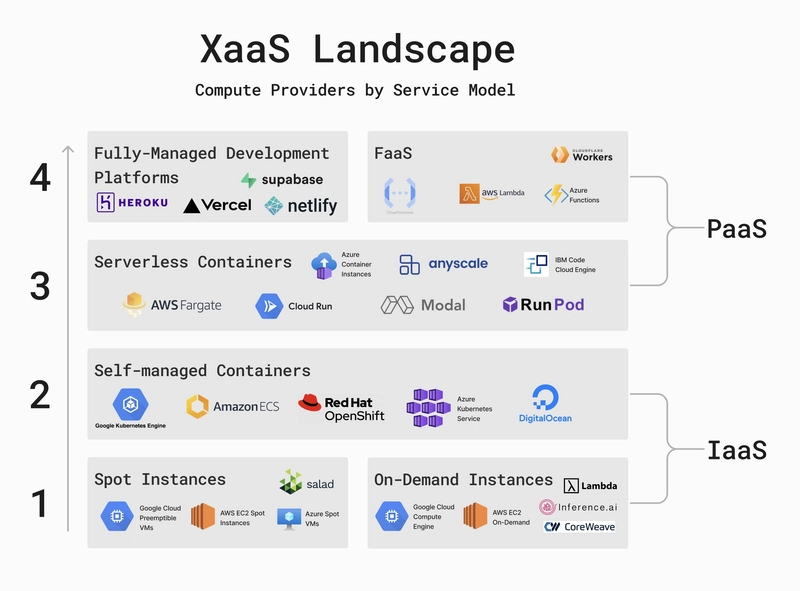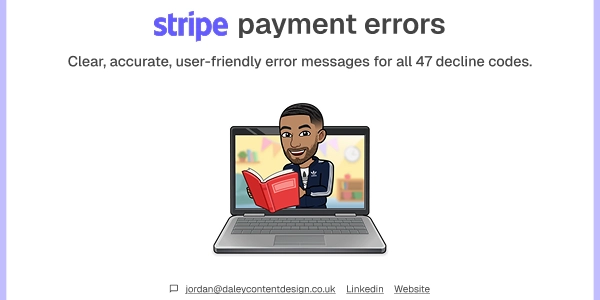What is a Whaling Attack? Whale Phishing Explained
Phishing attacks have evolved beyond generic email scams. Today, whaling attacks—targeted phishing campaigns aimed at high-ranking executives—pose one of the most severe cyber threats to enterprises. Often disguised as legitimate business communications, these attacks exploit executive authority to access confidential data, authorize fund transfers, or breach critical systems. Despite companies investing heavily in cybersecurity infrastructure, lack of awareness among senior leaders leaves a dangerous gap. A Security Magazine report estimates $1.8 billion in annual losses from whaling attacks, with one such incident occurring every 24 days. What Exactly Is a Whaling Attack? Unlike traditional phishing or even spear phishing, whaling is uniquely crafted to deceive top-tier executives—CEOs, CFOs, CTOs, and senior managers. Cybercriminals impersonate trusted contacts, using carefully written emails or messages enriched with personal and organizational details. These campaigns are often prolonged, involving weeks of interaction to build rapport and establish legitimacy. The term "whaling" refers to the size and impact of the target—big decisions, big access, big consequences. How Do Whaling Attacks Unfold? A whaling attempt often begins with the attacker spoofing a vendor, board member, or internal stakeholder. They use convincing language, precise formatting, and sometimes even hijacked email accounts to communicate with the target. Once trust is built, the attacker requests sensitive actions—authorizing a wire transfer, providing credentials, or clicking on a malicious link. Unlike generic phishing scams, these attacks avoid red flags. They're so meticulously constructed that they slip past filters and evade suspicion, often until it's too late. Who’s at Risk? Anyone with executive decision-making power or access to sensitive internal systems is a potential victim. This includes C-suite leaders, HR personnel, financial officers, and IT admins. Attackers also target partners and vendors with influence over the organization’s operations. The Business Impact A successful whaling attack can lead to: Substantial financial losses Compromise of sensitive data Disruption to operations Compliance violations Severe damage to reputation Further targeted attacks via identity theft How to Stay Protected To guard against whaling, companies must implement layered defenses: Deliver targeted training programs for senior staff Enable multi-factor authentication (MFA) Adopt advanced email filtering with domain authentication (SPF, DMARC, DKIM) Monitor behavior using threat detection platforms Enforce strict password and data access policies Deploy anti-phishing solutions alongside malware detection Final Thought Whaling attacks exploit the very people entrusted to protect an organization’s most critical assets. By fostering executive cybersecurity awareness and adopting intelligent, proactive defenses like those offered by CloudDefense.AI, businesses can stay one step ahead of these deceptive threats.


Phishing attacks have evolved beyond generic email scams. Today, whaling attacks—targeted phishing campaigns aimed at high-ranking executives—pose one of the most severe cyber threats to enterprises. Often disguised as legitimate business communications, these attacks exploit executive authority to access confidential data, authorize fund transfers, or breach critical systems.
Despite companies investing heavily in cybersecurity infrastructure, lack of awareness among senior leaders leaves a dangerous gap. A Security Magazine report estimates $1.8 billion in annual losses from whaling attacks, with one such incident occurring every 24 days.
What Exactly Is a Whaling Attack?
Unlike traditional phishing or even spear phishing, whaling is uniquely crafted to deceive top-tier executives—CEOs, CFOs, CTOs, and senior managers. Cybercriminals impersonate trusted contacts, using carefully written emails or messages enriched with personal and organizational details. These campaigns are often prolonged, involving weeks of interaction to build rapport and establish legitimacy.
The term "whaling" refers to the size and impact of the target—big decisions, big access, big consequences.
How Do Whaling Attacks Unfold?
A whaling attempt often begins with the attacker spoofing a vendor, board member, or internal stakeholder. They use convincing language, precise formatting, and sometimes even hijacked email accounts to communicate with the target. Once trust is built, the attacker requests sensitive actions—authorizing a wire transfer, providing credentials, or clicking on a malicious link.
Unlike generic phishing scams, these attacks avoid red flags. They're so meticulously constructed that they slip past filters and evade suspicion, often until it's too late.
Who’s at Risk?
Anyone with executive decision-making power or access to sensitive internal systems is a potential victim. This includes C-suite leaders, HR personnel, financial officers, and IT admins. Attackers also target partners and vendors with influence over the organization’s operations.
The Business Impact
A successful whaling attack can lead to:
- Substantial financial losses
- Compromise of sensitive data
- Disruption to operations
- Compliance violations
- Severe damage to reputation
- Further targeted attacks via identity theft
How to Stay Protected
To guard against whaling, companies must implement layered defenses:
- Deliver targeted training programs for senior staff
- Enable multi-factor authentication (MFA)
- Adopt advanced email filtering with domain authentication (SPF, DMARC, DKIM)
- Monitor behavior using threat detection platforms
- Enforce strict password and data access policies
- Deploy anti-phishing solutions alongside malware detection
Final Thought
Whaling attacks exploit the very people entrusted to protect an organization’s most critical assets. By fostering executive cybersecurity awareness and adopting intelligent, proactive defenses like those offered by CloudDefense.AI, businesses can stay one step ahead of these deceptive threats.





































































